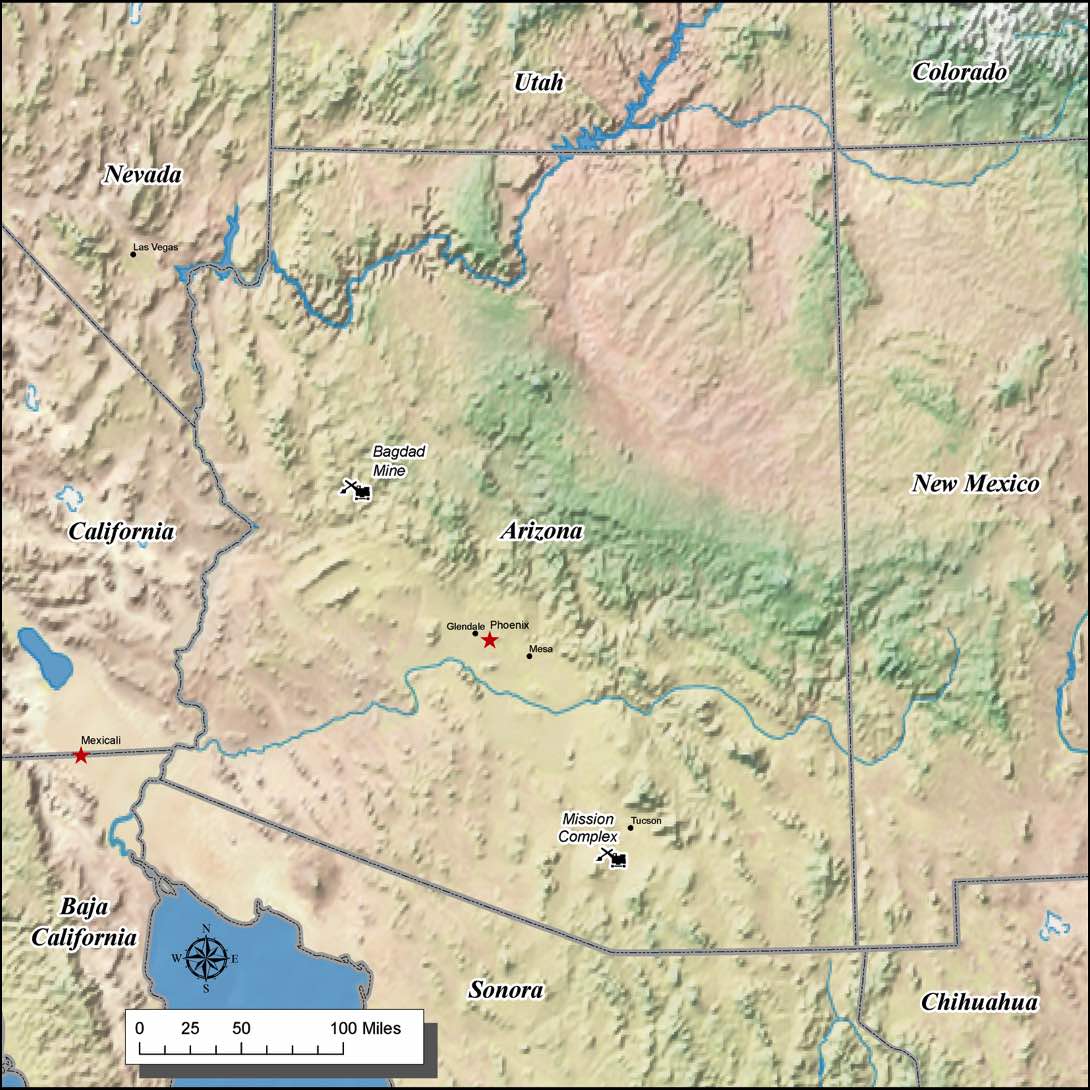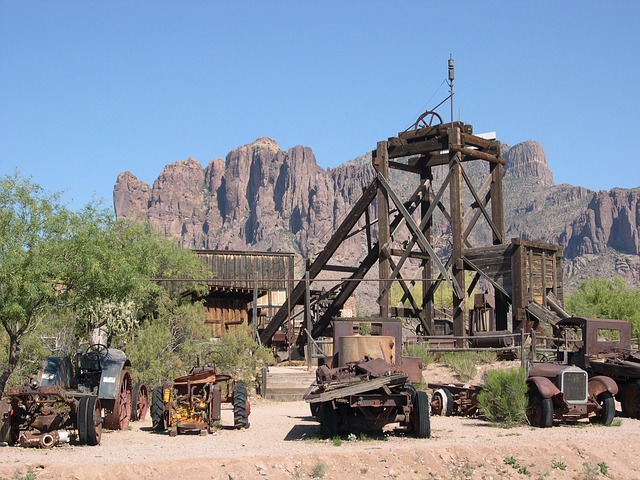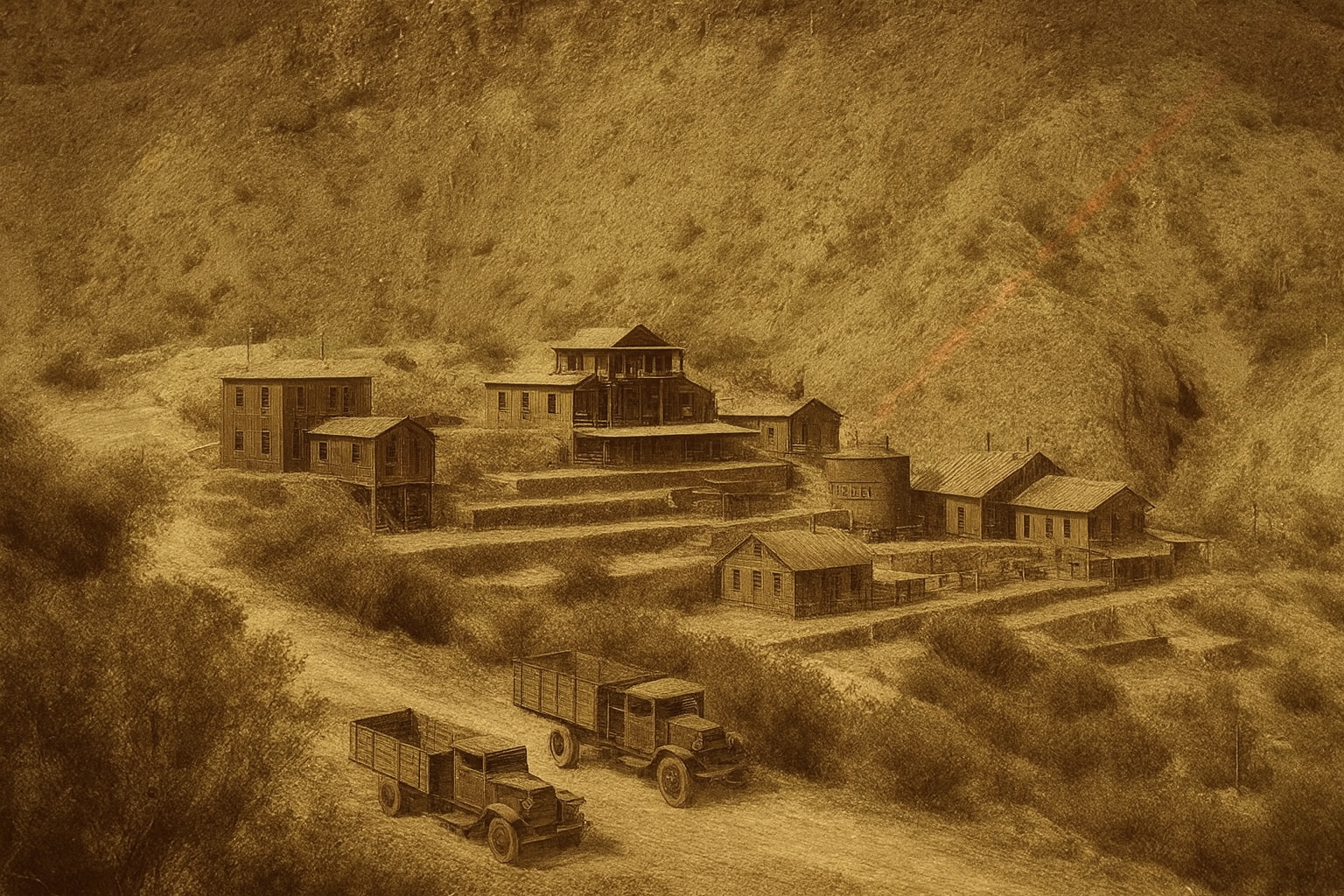
Arizona Goldmines
Arizona has a rich history of gold mining that dates back to the mid-19th century, attracting miners and corporations alike seeking their fortune in the rugged desert landscapes. The first significant gold discovery in Arizona is often attributed to Jacob Snively, who reportedly found gold along the Gila River in 1853. However, it was the subsequent discoveries in the 1860s, such as those near Prescott and Wickenburg, that sparked the first major gold rushes in the state.
Early gold mining in Arizona was largely controlled by individual prospectors and small mining companies, drawn by the promise of placer gold deposits found in riverbeds and washes. As the industry developed, larger corporations began to dominate, using more sophisticated mining techniques to extract gold from deeper ore bodies.
Several areas in Arizona became renowned for their productive gold mines. Some of the most notable include:

• Prescott and Lynx Creek: Known for placer gold deposits and nuggets.
• Wickenburg: Noted for its Vulture Mine, which produced both placer and vein gold.
• Oatman: Famous for its rich veins of gold-bearing quartz.
• Superior and Globe-Miami: Known for by-product gold mining alongside copper mining operations.
• Bagdad: Known for its large-scale copper mining with significant by-product gold.

The types of mining methods employed in Arizona evolved over time to match the geological conditions and technological advancements:
• Placer Mining: Early miners used techniques such as panning, sluicing, and rocker boxes to extract gold from stream beds and alluvial deposits.
• Hard Rock Mining: As mining progressed, techniques like deep rock mining, hydraulic mining, and later, cyanide and mercury processes were utilized to extract gold from deeper underground veins and ore bodies.
Some of the most famous and richest gold strikes in Arizona include the discoveries at Vulture Mine, which produced over 200,000 ounces of gold, and the massive copper mines of Morenci and Bisbee, where gold was often a valuable by-product.
Gold mined in Arizona is typically sold through various channels, including refineries and directly to jewelry manufacturers and investors. It eventually enters the global market, contributing to the supply chain of gold used in jewelry, electronics, and investments.
Modern gold mining in Arizona continues to be economically viable, with miners typically earning competitive wages depending on their skill level and the prevailing market conditions. Working conditions and environmental standards have improved significantly compared to historical mining practices, with strict regulations governing operations to minimize environmental impacts.
Several environmental concerns have arisen from historical mining activities in Arizona, including soil and water contamination from heavy metals and chemicals used in mining processes. Efforts are ongoing to remediate and mitigate these impacts where feasible.
Some historic gold mines in Arizona have closed due to economic factors or depletion of resources, while others remain active, benefiting from modern extraction technologies and sustained market demand.
Recreational gold mining, or hobby mining, is popular in Arizona, requiring individuals to obtain permits from the Bureau of Land Management (BLM) or the Arizona State Land Department. Basic equipment such as pans, sluices, and metal detectors are commonly used by hobbyists to search for gold in designated areas.
Arizona has not minted its own gold coins historically, as coinage typically falls under federal jurisdiction in the United States.
Overall, Arizona's gold mining industry reflects a blend of historical significance, modern technology, and ongoing environmental stewardship efforts aimed at balancing economic benefits with ecological sustainability.
Source: U.S. Geological Survey, Major mineral deposits of the world, Open-File Report 2005-1294. Data portal